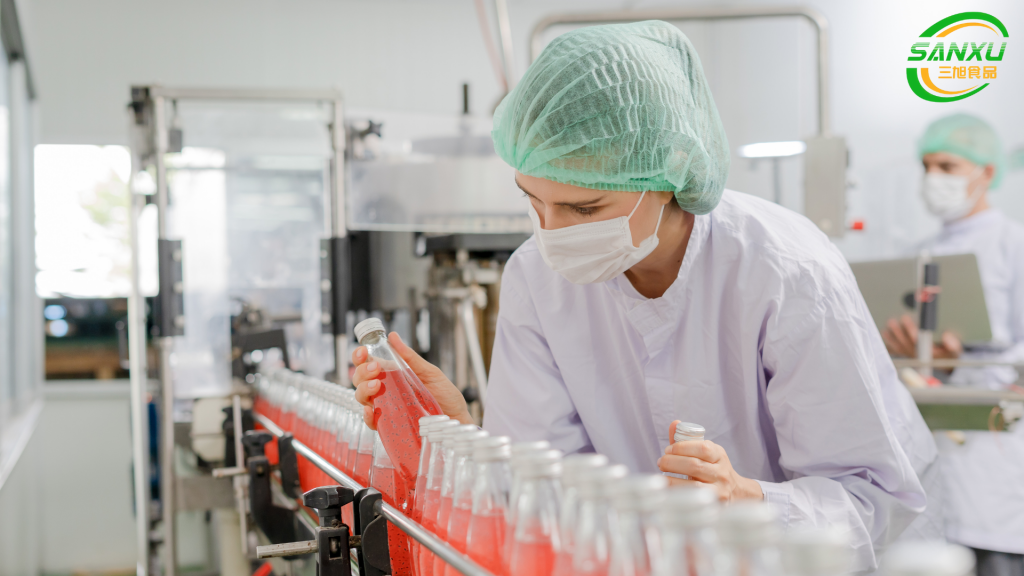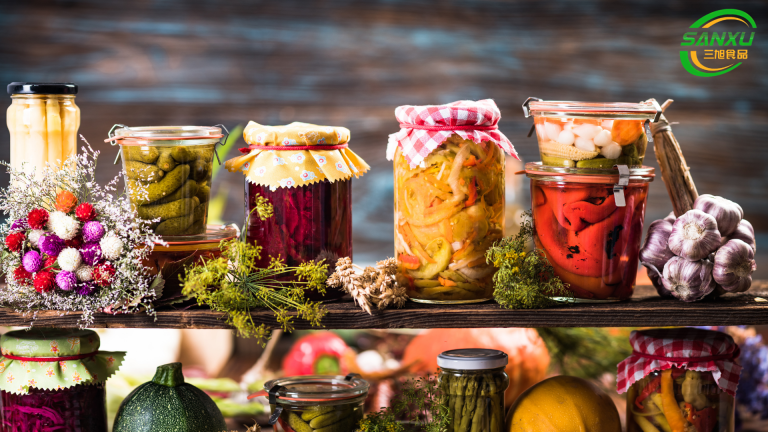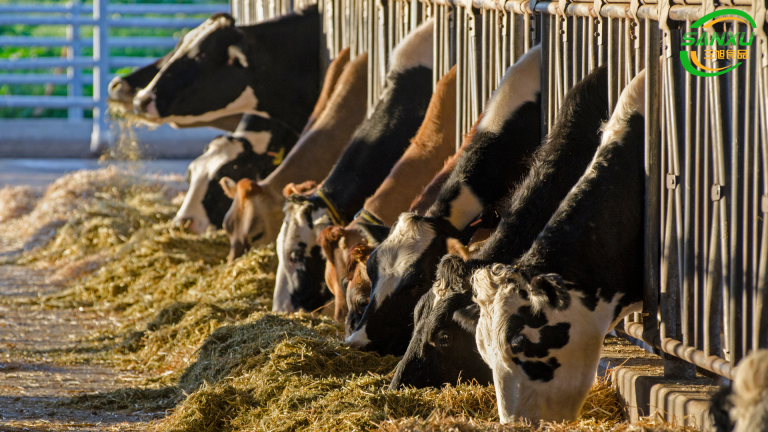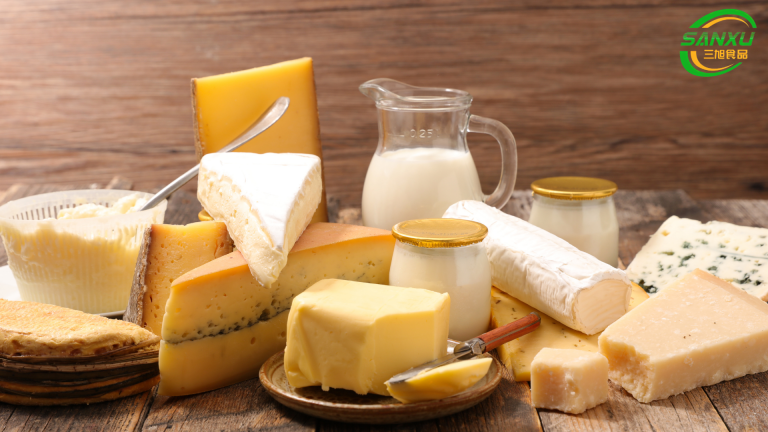Whatsapp:+8613375668511 Email: [email protected]
what is the Functions of food additives in Food & Beverage?
Food additives are substances added to food and beverages to improve their quality, safety, and shelf life. They perform a variety of functions, including:

- Preservatives: They prevent or slow down spoilage, extending the shelf life of food and beverages. Examples include benzoates, sorbates, and propionates.
- Emulsifiers: They help mix ingredients that wouldn’t normally blend together, such as oil and water, and prevent separation. Examples include lecithin and mono- and diglycerides.
- Stabilizers: They improve texture and provide thickness, helping maintain the consistency of food and beverages. Examples include pectin, carrageenan, and xanthan gum.
- Flavor Enhancers: They intensify existing flavors or add new ones. Monosodium glutamate (MSG) is a common flavor enhancer.
- Sweeteners: They provide sweetness, either naturally or artificially. Examples include sugar, high-fructose corn syrup, and artificial sweeteners like aspartame.
- Acidulants: They adjust the acidity or pH of food and beverages, affecting taste and preserving quality. Examples include citric acid and phosphoric acid.
- Leavening Agents: They cause dough to rise, creating a lighter texture in baked goods. Examples include baking soda, baking powder, and yeast.
- Bulking Agents: They add volume to food without adding calories, often used in low-calorie or dietetic products.
- Colorants: They enhance or change the color of food and beverages, making them more visually appealing. Examples include annatto, carmine, and titanium dioxide.
- Anti-caking Agents: They prevent powders from clumping together, such as in salt or milk powder.
- Flavor Masking Agents: They help to cover or mask undesirable flavors or odors in food and beverages.
- Antioxidants: They prevent oxidation, which can cause spoilage and loss of nutritional value. Examples include vitamin C (ascorbic acid) and vitamin E (tocopherols).
- Humectants: They retain moisture in food, preventing it from drying out. Examples include glycerol and propylene glycol.
- Texturizers: They modify the texture of food, making it smoother or creamier. Examples include hydrocolloids and starches.
- Nutrient Fortifiers: They add essential vitamins and minerals to food and beverages to improve their nutritional value.
- Processing Aids: They help in the processing of food but are not present in the final product. Examples include enzymes used in the production of cheese and bread.
- Pesticide Residues: They are not intentionally added but can be present in trace amounts due to the use of pesticides in agriculture.
- Carriers: They are used to dilute or carry other additives, such as colorings or flavorings.
- Sequestrants: They bind with metal ions to prevent off-flavors or discoloration. Examples include citrates and phosphates.
- Thickening Agents: They increase the viscosity of a product without substantially changing its other properties.
The use of food additives is regulated by food safety authorities such as the U.S. Food and Drug Administration (FDA) and the European Food Safety Authority (EFSA) to ensure they are safe for consumption within specified limits.




